Finally, an officer from the Royal Ulster Constabulary waded into the river to break up the fracas. Dolours grabbed his coat and wouldn’t let go. But even as this sturdy cop helped usher her to safety, a terrifying realisation was taking hold. There were dozens of RUC officers there that day, but most of them had done little to intervene. It would later be alleged that the reason the attackers wore white armbands was so that their friends in the police could distinguish them from the protesters. In fact, many of Major Bunting’s men, the very men doing the beating, were members of the police auxiliary, the B-Specials.
Later, on the way to Altnagelvin Hospital, in Derry, Dolours cried, seized by a strange mixture of relief, frustration and disappointment. When she and Marian finally got back to Belfast and appeared, bruised and battered, on the doorstep of the little house on Slievegallion Drive, Chrissie Price listened to the story of her daughters’ ordeal. When they had finished telling it, she had one question. ‘Why did you not fight back?’
3
Jean McConville left few traces. She disappeared at a chaotic time, and the children she left behind were so young that many of them had yet to form a rich catalogue of memories. But one photograph of Jean survives, a snapshot taken in front of the family’s home in East Belfast in the mid-1960s. Jean stands alongside three of her children, while her husband, Arthur, squats in the foreground. She stares at the camera, arms folded across her chest, lips pursed into a smile, eyes squinting against the sun. One detail that several of her children would recall about Jean McConville is a nappy pin – a blue safety pin, which she wore fastened to her clothes, because one child or another was always missing a button or needing some other repair. It was her defining accessory.
She was born Jean Murray, in 1934, to Thomas and May Murray, a Protestant couple in East Belfast. Belfast was a sooty, grey city of chimneys and steeples, flanked by a flat green mountain on one side and the Belfast Lough, an inlet of the North Channel, on the other. It had linen mills and tobacco factories, a deepwater harbour where ships were built, and row upon row of identical brick workers’ houses. The Murrays lived on Avoniel Road, not far from the Harland & Wolff shipyard, where the Titanic had been built. Jean’s father worked at Harland & Wolff. Every morning when she was a child, he would join the thousands of men plodding past her house on their way to the shipyard, and every evening he would return as the procession of men plodded home in the opposite direction. When the Second World War broke out, Belfast’s linen factories produced millions of uniforms and the shipyards churned out navy vessels. Then, one night in 1941, not long before Jean’s seventh birthday, air raid sirens wailed as a formation of Luftwaffe bombers streaked across the waterfront, scattering parachute mines and incendiary bombs, and Harland & Wolff erupted into flame.
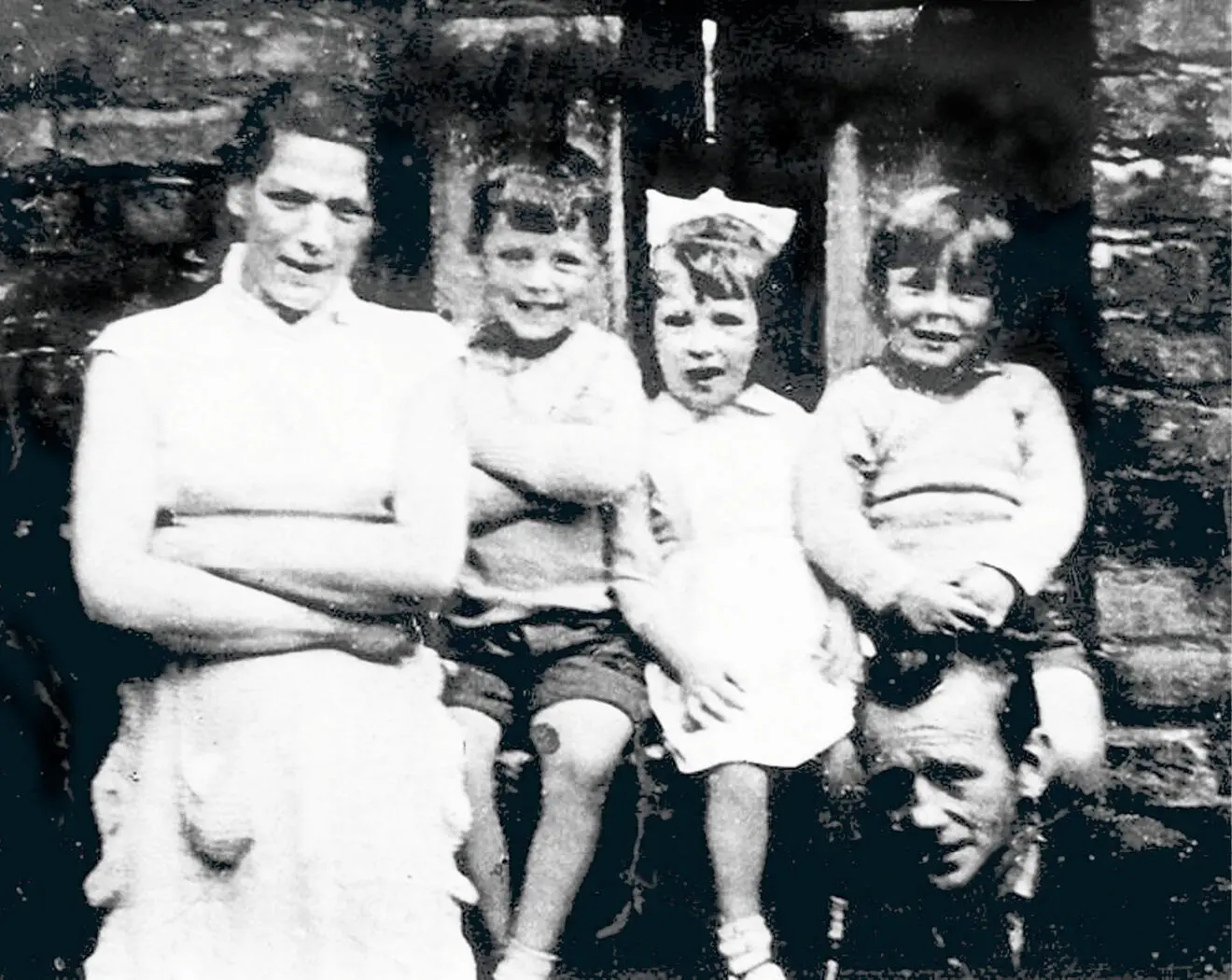
Jean McConville with Robert, Helen, Archie and her husband Arthur
Educating girls was not much of a priority in working-class Belfast in those days, so when Jean was fourteen, she left school and went in search of work. She ended up finding a job as a servant for a Catholic widow who lived on nearby Holywood Road. The widow’s name was Mary McConville, and she had a grown son – an only child named Arthur, who served in the British Army. Arthur was twelve years older than Jean and very tall. He towered over Jean, who stood barely five feet in her shoes. He came from a long line of soldiers, and he told her stories about how he had gone off to fight the Japanese in Burma during the war.
When Jean and Arthur fell in love, the fact that they came from different sides of the religious divide did not go unnoticed by their families. Sectarian tensions were less pronounced during the 1950s than they had been in the past or would become again, but even so, ‘mixed’ relationships were rare. This was true not just for reasons of tribal solidarity but because Protestants and Catholics tended to live in circumscribed worlds: they resided in different neighbourhoods, attended different schools, worked different jobs, frequented different pubs. By entering Arthur’s mother’s house as a domestic employee, Jean had crossed these lines. When she took up with Arthur, his mother resented it. (Jean’s mother may not have been delighted, either, but she accepted the marriage, though one of Jean’s uncles, a member of the Orange Order, gave her a beating for the transgression.)
The young couple eloped to England in 1952 and lived in an army barracks where Arthur was posted, but eventually they returned to Belfast and moved in with Jean’s mother, in 1957. Jean’s first child, Anne, suffered from a rare genetic condition that would leave her hospitalised for much of her life. Anne was soon followed by Robert, Arthur (who was known as Archie), Helen, Agnes, Michael (whom everyone called Mickey), Thomas (whom everyone called Tucker), Susan and, finally, the twins, Billy and Jim. Between Jean, her mother, her husband and her children, there were a dozen or so people crammed into the tiny house on Avoniel Road. Downstairs was a small front parlour and a kitchen at the back, with an outdoor toilet, an open fire for cooking, and a cold-water sink.
In 1964, Arthur retired from the army with a pension and set up a small building-repair business. But he struggled to stay employed. He found a new job in the Sirocco engineering works but eventually lost it when his employers discovered that he was Catholic. He held a job in a ropeworks for a time. Later, the children would recall this period – when the photo was taken – as a happy interlude. There were privations, to be sure, but nothing out of the ordinary for a working-class childhood in postwar Belfast. Their parents were alive. Their existence seemed stable. Their life was intact.
But during the 1960s, the mutual suspicion between Catholics and Protestants gradually intensified. When members of the local Orange Order conducted their triumphal summertime marches, they would make a point of starting right outside the McConvilles’ door. For years, Ian Paisley had been exhorting his Protestant brethren to seek out and expel Catholics who lived among them. ‘You people of the Shankill Road, what’s wrong with you?’ he would bellow. ‘Number 425 Shankill Road – do you know who lives there? Pope’s men, that’s who!’ This was retail ethnic cleansing: Paisley would reel off addresses – 56 Aden Street, 38 Crimea Street, the proprietors of the local ice cream shop. They were ‘Papishers’, agents of Rome, and they must be driven out. There was no television in the house on Avoniel Road, but as the civil rights movement got under way and Northern Ireland became embroiled in riots, Jean and Arthur would visit a neighbour’s house and watch the evening news with a growing sense of trepidation.
Michael McConville was eight when hell broke loose in 1969. Every summer in Derry, a loyalist order known as the Apprentice Boys held a march to commemorate the young Protestants who shut the city gates to bar the Catholic forces of King James in 1688. Traditionally, the marchers concluded their festivities by standing on the city’s walls and hurling pennies onto the pavements and houses of the Bogside, a Catholic ghetto, below. But this year the provocation did not go unchallenged, and violent riots broke out, engulfing Derry in what would become known as the Battle of the Bogside.
As word of the clash in Derry reached Belfast, the riot spread like an airborne virus. Gangs of Protestant youths tore through Catholic neighbourhoods, breaking windows and torching homes. Catholics fought back, throwing stones and bottles and Molotov cocktails. The RUC and the B-Specials responded to this unrest, but the brunt of their authority was felt by Catholics, who complained that the police would simply stand by while the loyalists committed crimes. Barricades sprang up around Catholic neighbourhoods as people hijacked school buses and bread vans and turned them on their sides to block off streets and create defensive fortifications. Young Catholics prised up paving stones to pile onto the barricades or to throw at police. Alarmed by this onslaught, the RUC deployed squat armoured vehicles, known as ‘Pigs’, which lumbered through the narrow streets, their gun turrets swivelling in all directions. Stones rained down on them as they passed. Petrol bombs broke open on their steel bonnets, blue flame spilling out like the contents of a cracked egg.
Читать дальше
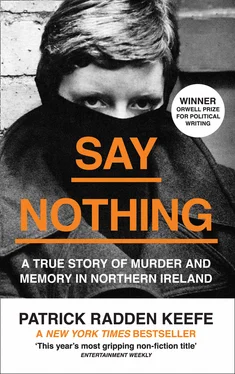

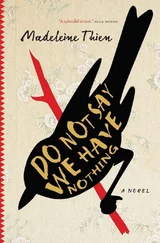
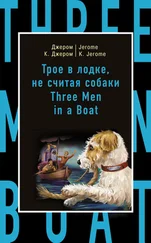

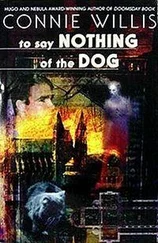
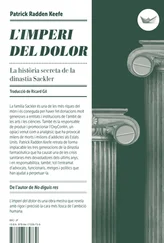
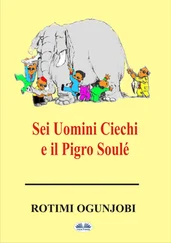





![Helen Rowland - The Widow [To Say Nothing of the Man]](/books/752764/helen-rowland-the-widow-to-say-nothing-of-the-man-thumb.webp)